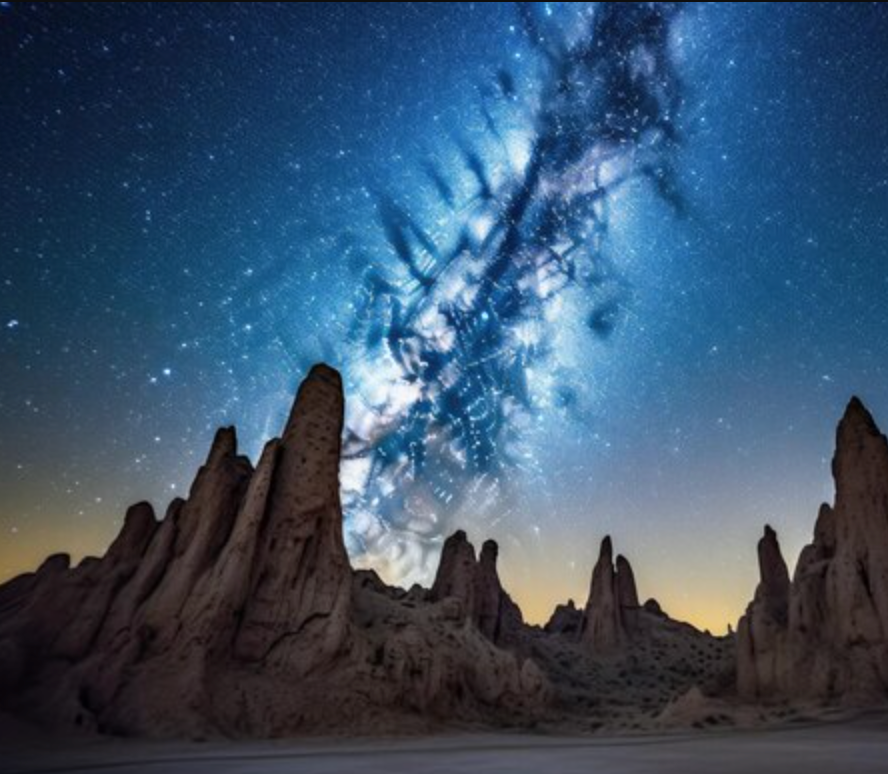Unlike modern crocodiles, which mostly lurk in rivers and swamps, mekosuchines were an extraordinarily diverse and adaptable group. They filled ecological roles unlike any reptiles alive today. Some species were small and land-dwelling, while others may have hunted in forests rather than waterways.
UNSW paleontologist Professor Michael Archer describes them with a kind of gleeful disbelief. “It’s a bizarre idea,” he says, “but some of them appear to have been terrestrial hunters in the forests.”
Even more astonishing are the “drop crocs”—semi-arboreal species that, according to fossil evidence, may have climbed trees and leapt down on unsuspecting prey below. Archer likens them to reptilian leopards. “They were perhaps hunting like big cats—dropping out of trees on any unsuspecting thing they fancied for dinner,” he says.
Such behavior challenges our assumptions about crocodiles, painting a picture of ancient ecosystems filled with agile, cunning predators unlike anything in Australia today.
Illustration from Science News
We’re getting closer to discovering dropbears actually existed outside the stories told to tourists….
Of course they exist. It’s just that official accounts are rare because they never leave witnesses.
What’s up with the ridiculous AI slop picture? It seems to have little to do with the article. It absolutely does not depict what a gator or crocodile nest looks like or would have likely ever looked like. Not how those kinds of nests by cold blooded creatures work. I can only assume the rest of the article is similarly meaningless AI slop too.
I guess the BBC is doing lazy AI slop now. Cool.




